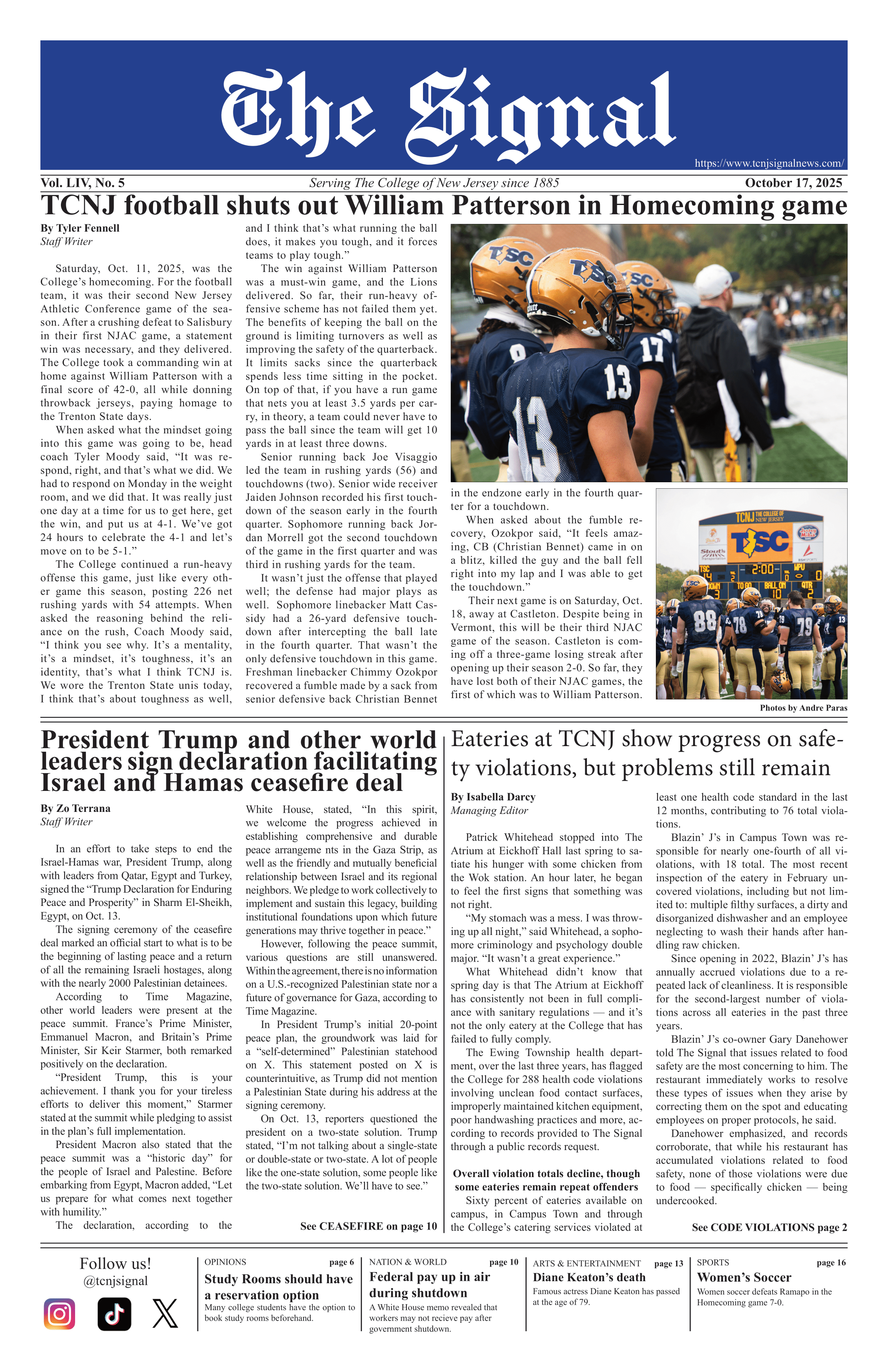Employee training programs funded by government grants, such as the Opportunity4Jersey Training Grant Program, decrease the opportunity cost of obtaining additional education or training for workers and provide trained workers to employers. As a result of the increased training and lowered cost, frictional unemployment decreases.
The Opportunity4Jersey Training Grant Program is an effort by the New Jersey Department of Labor and Workforce Development (LWD) to “increase employment opportunities for qualified unemployed workers and to connect training with employer-driven occupational demand skills in targeted industry sectors,” according to the Department. The current sectors being targeted for training are transportation, logistics and distribution; biotechnology, pharmaceuticals and life sciences; advanced manufacturing; financial services; health care; technology; and leisure, hospitality and retail, according to LWD. These industries have been identified as both key industries for the state as well as areas where companies need skilled workers.
Traditionally, the cost of higher education or vocational training would mean not only time spent out of the workforce, but also the absence of full-time income. When looking at potential earnings streams, an individual who attends college or training is incurring debt for the length of the program. The worker who goes directly into the workforce begins earning an income immediately. The advantage of having the additional education or training is the constant increase in wages with each year of education, so a worker raises his lifetime earnings potential as he moves along the wage-schooling locus.
Grant Training Programs, like Opportunity4Jersey, are free for unemployed workers to participate in. This offers a solution and a change for workers who entered the labor force without obtaining any higher education or job training because they were unable to give up the time or pay the cost. Training can be offered in either a classroom-type setting or electronically, according to LWD. The lower opportunity cost and ease of access to the training increases the number of workers who will participate and gives the ability to earn a higher income at a future job.
The second benefit of Opportunity4Jersey is the relationship the program has established with employers. Companies that apply to have workers trained for current job openings are required to hire the newly-trained workers upon graduation from the program, according to LWD. The requirement is in exchange for the government finding qualified employees for the firm and providing the free training program that may have otherwise been offered through the company itself.
Matching the newly-trained workers with employers who are looking for a particular skillset reduces frictional unemployment. Frictional unemployment is defined as the unemployment that results from workers having to take time to find employers who are hiring employees with specific skills and at a desirable wage, according to the Bureau of Labor Statistics.
Grant Training Programs are an example of a productive, government-funded way to reduce unemployment while simultaneously increasing a worker’s potential lifetime earnings and the productivity of a firm.






